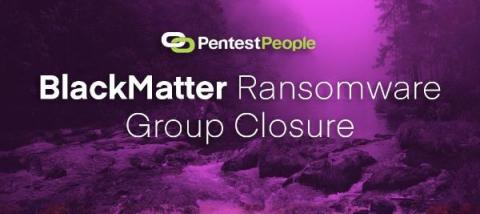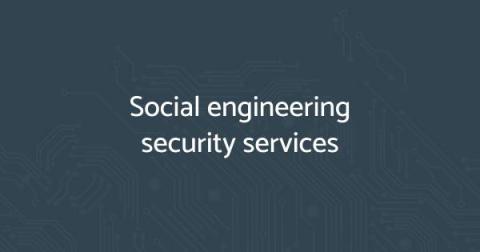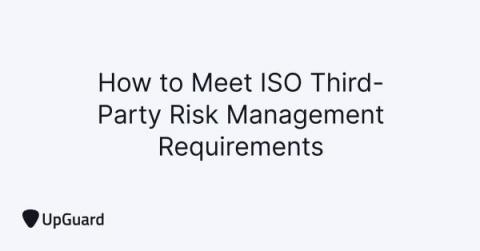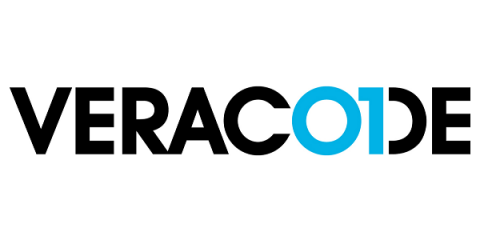Security | Threat Detection | Cyberattacks | DevSecOps | Compliance
Latest News
Glance at 2020-21 eKYC mandates: Milestones India achieved on its digital journey
As India embraces the digital transformation and aligns with post pandemic lifestyle, working from home, shopping online, and managing money digitally has conveniently become a routine for us. This quick shift in the industry wouldn’t have been possible without quick regulatory advancements by government. Giving convenience a priority, critical functions like opening a bank account, lending a loan, large transactions, are now possible on fingertips.
Enhancing AT&T SASE with Palo Alto Networks 'as a Service'
A few months ago, I wrote a blog on “SASE as a Service” that described how managed services providers (MSPs) can be a catalyzing force for transforming to SASE and bridging the gap between networking and security teams. Since then, AT&T has released a series of managed SASE offers that bring together intelligent networking and cloud-based security in support of our customers.
Getting started with runtime security and Falco
Discover how to get started with Falco to overcome the challenges of implementing runtime security for cloud-native workloads. If you are adopting containers and cloud, you are probably enjoying benefits like automated deployments and easier scalability. However, you may also find that when it comes to security, this is a whole new world with new rules, and traditional security tools struggle to keep up. As a new paradigm, cloud-native environments need new cloud-native tools.
15 Ways to Reduce Cybersecurity Risks
Organizations are increasingly concerned about cybersecurity risks and with good reason. Risks are constantly changing; take this last year, for example, the pandemic lockdown meant many knowledge workers went remote, which in turn increased the vulnerability of remote desktop services by 40%, saw criminals targeting end-users, and caused phishing and ransomware scams to boom. And then there’s the bottom line.
AppSec during hypergrowth: Empower your developers to overcome the tech talent shortage
Many high-growth technology startups are pressured to deliver applications to market ahead of fast-moving competitors. It’s all too easy to allow a “we’ll get to that eventually” mentality to creep in when competing priorities appear to force a tradeoff with development velocity. This introduces unnecessary risks, but they can be mitigated by implementing an effective AppSec program that involves the right tools, processes, and mindset.
BlackMatter Ransomware Group Closure
On 3rd November, Bleeping Computer reported that the BlackMatter Ransomware-as-a-Service group had posted a message alerting users that its operations were ceasing within 48 hours. The message advised affiliates to obtain their decryption keys so that they could continue to extort current victims.
Why is Social Engineering so Effective?
We’ve previously discussed what social engineering attacks are and what you can do to prevent them. Here, we’re going to review the reasons why threat actors persist with these types of attacks and why every single employee is potentially susceptible to a social engineering attack.
Meeting ISO Third-Party Risk Management Requirements in 2021
ISO 27001 is the most popular internationally recognized standard for managing information security. Its creation was a joint effort between the International Organization for Standardization (ISO), and the International Electrotechnical Commission (IEC) - this is why the framework is also referred to as ISO/IEC 27001. ISO 27001 can also be implemented into a Third-Party Risk Management program.
Veracode Named Top 100 Women-Led Business in Massachusetts by the Commonwealth Institute and The Boston Globe
Veracode was recently recognized by the Commonwealth Institute and Boston Globe Magazine as a Top 100 Women-Led Business in Massachusetts. The honor, which was awarded to Veracode’s CEO, Sam King, is given to female leaders across multiple industries who are at the helm of Massachusetts’ most noteworthy companies.











